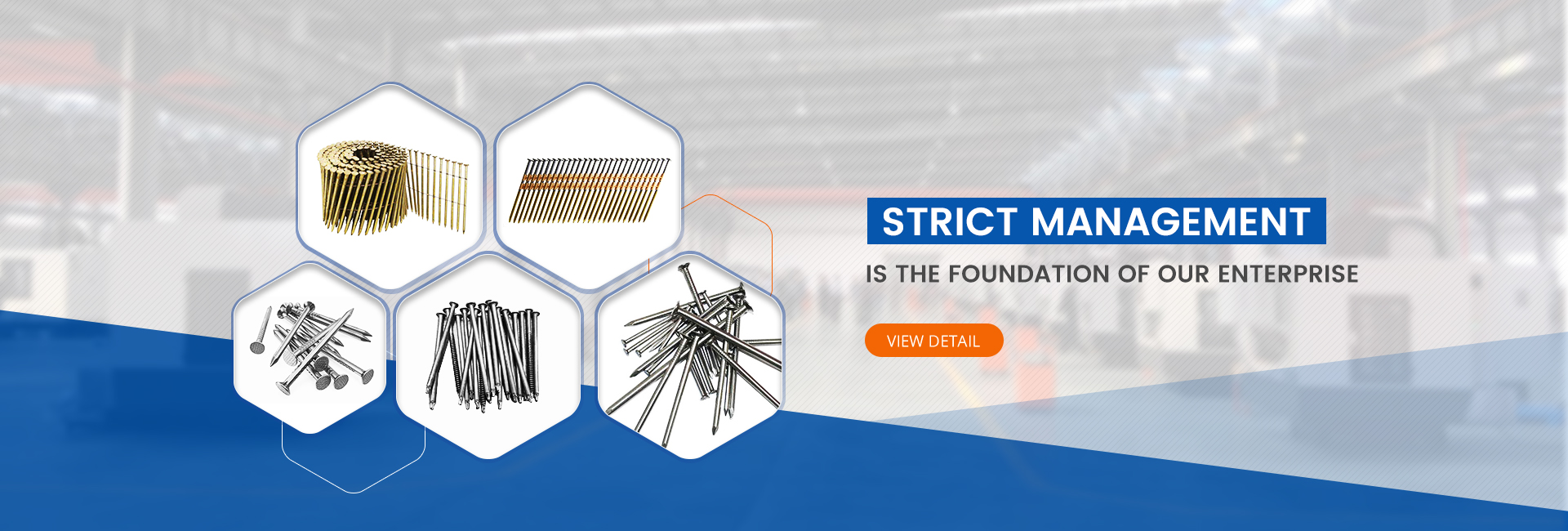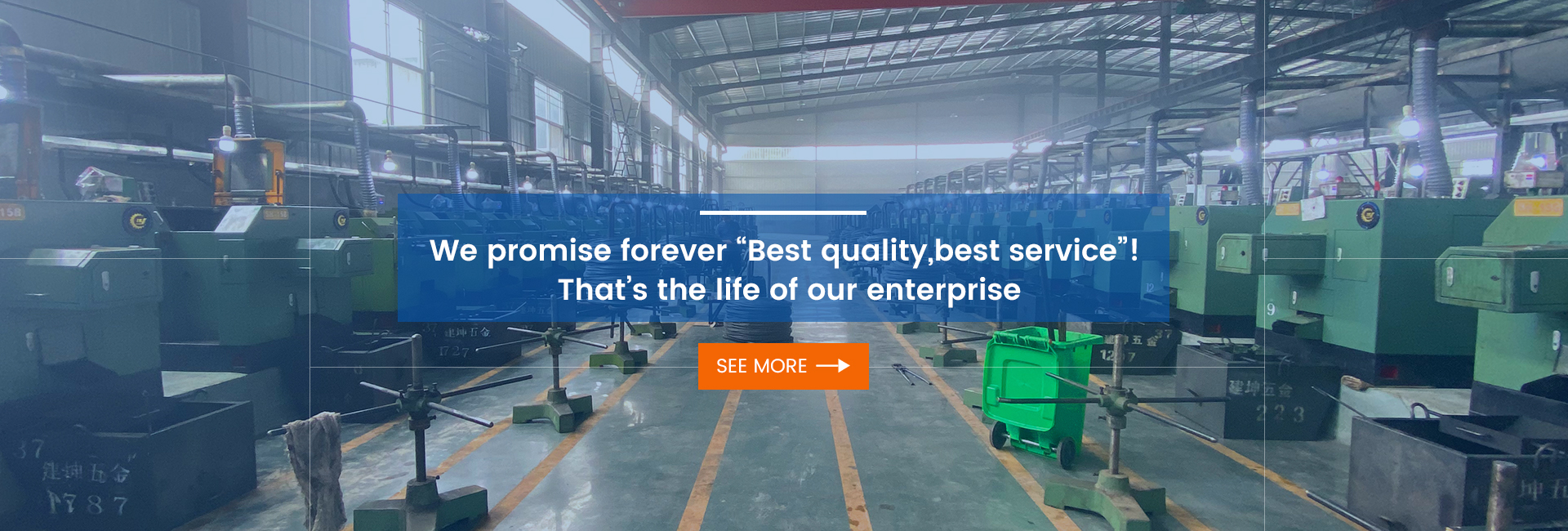Concrete nailers are powerful tools that can make quick work of fastening materials to concrete. However, like any tool, they can sometimes experience problems. In this blog post, we’ll discuss some of the most common concrete nailer issues and provide troubleshooting tips to get your tool back up and running.
Problem 1: Nailer Misfires or Jams
If your concrete nailer is misfiring or jamming, there are a few potential causes:
Dirty or clogged nailer: Regularly cleaning your nailer can help prevent jams and misfires. Make sure to remove any loose nails or debris from the nailer’s magazine and feed mechanism. Use a small brush or compressed air duster to remove any dust or dirt from the nailer’s exterior and interior components.
Incorrect nail size or type: Ensure that you are using the correct size and type of nails for your nailer and the application. Check your nailer’s manual for specific recommendations.
Jammed nail: Check for any jammed nails in the nailer’s magazine or feed mechanism. If you find a jammed nail, carefully remove it using a pair of pliers or a nail puller.
Damaged or worn parts: If you suspect that there may be damaged or worn parts, it is best to consult a qualified technician for repair.
Problem 2: Nailer Not Driving Nails Deep Enough
If your concrete nailer is not driving nails deep enough into the concrete, there are a few potential causes:
Low air pressure: Make sure that your air compressor is providing adequate air pressure to the nailer. The recommended air pressure for most concrete nailers is between 70 and 120 PSI.
Dirty or clogged nailer: Even if you’ve cleaned your nailer recently, it’s worth checking again, as dirt and debris can build up quickly.
Worn or damaged drive guide: The drive guide is the part of the nailer that directs the nail into the concrete. If the drive guide is worn or damaged, it may need to be replaced.
Problem 3: Nailer Leaks Air
If your concrete nailer is leaking air, there are a few potential causes:
Damaged o-rings or seals: The o-rings and seals are responsible for creating a tight seal between the different components of the nailer. If they are damaged or worn, they can cause air leaks.
Loose screws or fittings: Tighten any loose screws or fittings on the nailer.
Cracked or damaged housing: If the nailer’s housing is cracked or damaged, it will need to be replaced.
Additional Tips:
Use the right nails for the job: Always use the correct size and type of nails for your nailer and the application.
Lubricate your nailer: Lubricate your nailer according to the manufacturer’s instructions. This will help to reduce friction and prevent wear and tear.
Store your nailer properly: Store your nailer in a dry, clean place when not in use. This will help to prevent rust and corrosion.
By following these troubleshooting tips, you can keep your concrete nailer running smoothly and efficiently. If you continue to experience problems, consult your nailer’s owner’s manual or contact a qualified technician for assistance.
Concrete nailers are valuable tools for any construction or DIY project. By properly maintaining your nailer and troubleshooting common issues, you can extend its lifespan and ensure that it performs at its best. Remember to always follow safety precautions when using your concrete nailer.
Post time: Jul-10-2024



